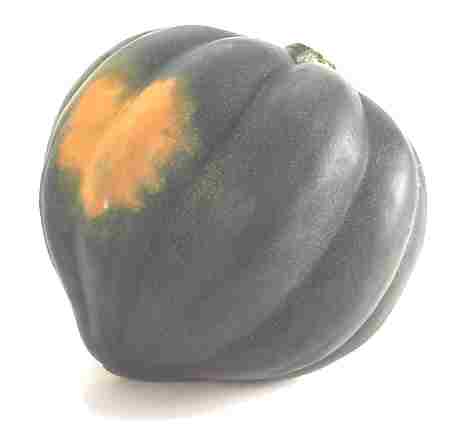Ingredient in Focus: Acorn Squash
By Staff in Food on Oct 22, 2009 4:20PM
With autumn in the Midwest comes an abundance of tasty and nutrient-packed winter squash. Relatives of the oddly-shaped gourd, winter squash grow in a variety of shapes, colors, and sizes, with names like Acorn, Butternut and Spaghetti. Like the gourd, Winter squash is often mistaken for a decorative centerpiece for one’s kitchen table. While they do impart aesthetic appeal, they are better off eaten. Winter squash is nutrient-dense! It’s particularly rich in beta-carotene, vitamin C, and potassium, the benefits of which include cardiovascular health and cancer prevention. Research suggests the nutrient content of Winter squash may lessen the severity of inflammatory conditions such as arthritis and asthma. Winter squash is also packed with fiber which makes our colon healthy and happy. With the rising incidence of colon cancer in the U.S., fiber-rich foods are our friends. Winter squash is also a great bargain. It's inexpensive, quick and easy to prepare, and its thick skin lends to a very long shelf life.
For the squash novice, we recommend trying the Acorn variety. They are firm, dark-green, and about the size of a cantaloupe. Here are two methods of preparing Acorn squash.
Super Easy Squash: Wash your squash. Use a large, sturdy knife to cut the squash in half length-wise. Scoop out the seedy, fibrous center with a spoon. Place both halves in a microwave safe dish, cover with plastic wrap, and cook for approximately 10-15 minutes. Top with a little butter, brown sugar, and a pinch of salt.
Impress Your Friends Squash: Wash, cut, and discard seeds from your squash. Place each half, cut side up, on a baking sheet. Melt some coconut oil (or use butter) in a small bowl. Mix the oil with about 1 tbsp of maple syrup, a dash of cinnamon, a dash of ginger powder, and a little salt and pepper. Brush the mixture over the flesh of the squash and reserve a little bit for later. Bake at 400 degrees for about 1 hour, or until you can easily pierce the squash with a fork. To serve, drizzle with the remaining coconut oil mixture and sprinkle with some chopped, toasted almonds.
— Megan Tempest
